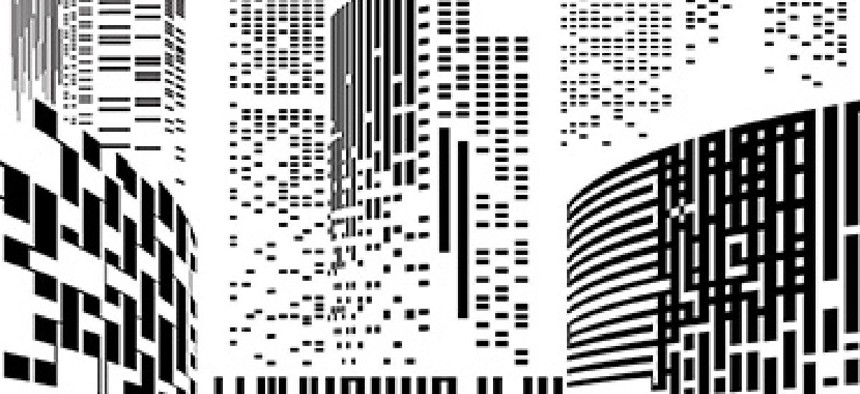Urban design tool taps DOE's building database

Researchers developed LakeSim to deal with problems in urban planning and assess a redevelopment project's long-term effects on energy and transportation needs.

National laboratory and university researchers have assembled a big-data tool that uses a massive Energy Department database to meld urban design with scientific analysis.
The tool is called LakeSim after the Chicago urban redevelopment project it was created to aid. According to a statement issued by DOE's Argonne National Laboratory, researchers at the University of Chicago and architectural firm Skidmore, Owings and Merrill developed LakeSim to deal with problems in urban planning and assess the long-term effects the 600-acre Chicago Lakeside Development project would have on energy and transportation needs.
The tool takes into account the uncertainties of large-scale planning efforts that have complex variables. LakeSim's creators used the tool to prototype a platform that allows for the insertion of future datasets related to climate change, improved efficiency in buildings and transportation systems, and increased renewable energy and/or micro-grid applications.
Argonne said LakeSim taps building design specifications from a wide range of resources, including those of DOE and Skidmore, Owings and Merrill.
DOE maintains the massive Buildings Performance Database, which it says is the largest national dataset of its kind. Users can perform statistical analysis on an anonymized dataset related to hundreds of thousands of commercial and residential buildings. LakeSim designers can use the data on building types to experiment with various scenarios on a virtual map.
LakeSim is based on CityEngine, an interactive 3-D design system from Esri that allows users to question, analyze and interpret data that reveals relationships and trends.
"For a single building, developers have to make decisions based on varying reports from the energy developers, the economic analysts, transportation planners and others," said Charlie Catlett, LakeSim co-principal investigator, a computational scientist at Argonne and director of the Urban Center for Computation and Data, in the Argonne statement. "The challenge is [how] to do that with hundreds of buildings...in over a 20-year timeframe."





